| Back to Back Issues Page |
 |
|
Natto Talk, Issue #4 -- The Natto Journey - Hoshi-imo & Natto December 03, 2023 |
The Natto Journey Continues!Welcome to the fourth issue of "Natto Talk!" I'm thrilled to continue on this journey with you and explore the fascinating world of fermented soybeans together. If you like Natto Talk, please do a friend and me a big favor and "pay it forward."
If a friend did forward this to you and if you like what you read, please join our Simply Natto "Foodie" community by visiting...
natto-talk.html
December 2023, Natto Talk - Issue #4In this fourth edition, you will learn about:
1. The Fall Season in Japan: Hoshi-imo 2. A hoshi-imo & black bean natto recipe 3. This month's Japanese word from Simply Natto's "Natto Lingo"
The Fall Season in Japan: Hoshi-imo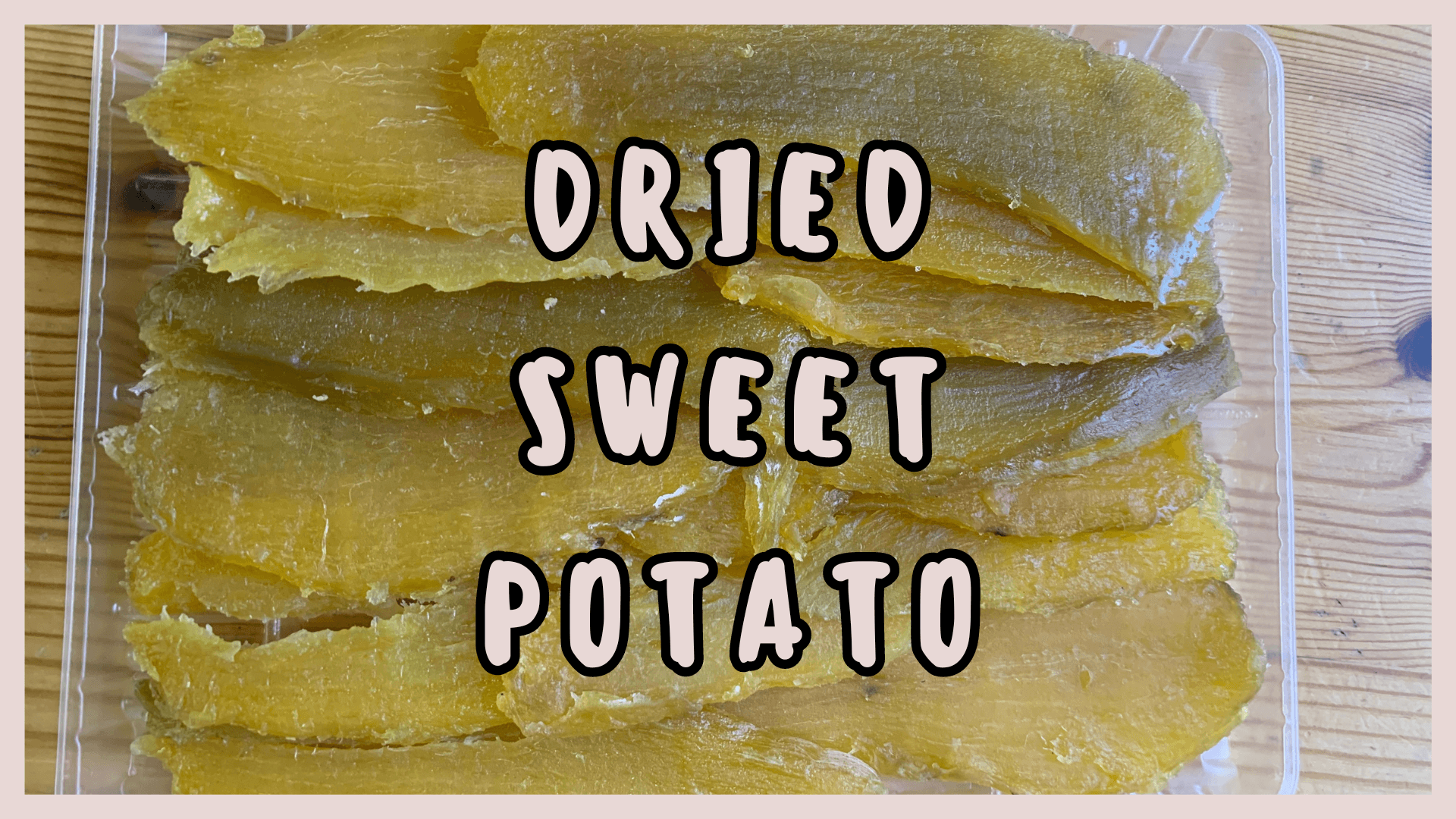
As you learned in the last issue of Natto Talk, the sweet potato harvest is one of my favorite times of the year and I love eating "satsumaimo." I also mentioned there was an additional way that I like to eat "satsumaimo" and it's called "hoshi-imo" (pictured above). "Hoshi-imo" is very popular in the area of Japan where I live, and it also serves as a great gift for those visiting from a different prefecture or country. You're probably wondering, "what is hoshi-imo?" I'm glad you asked! "Hoshi-imo" is dried sweet potato. After harvesting the sweet potatoes on their farm, many of the sweet potato farmers around my area then set up long wooden stands (i.e. looks like long tables) to dry the "satsumaimo" in the sun. Here's how my experience with making "hoshi-imo" went: The sweet potatoes were first steamed and then I peeled the skin off by hand. Any dark spots or skin left over was scraped off with a knife. The sweet potato was then put through a cutter that sliced it into about 5-6 strips. The device used for slicing was like an egg slicer. The difference was that there wasn't a handle to pull down when slicing. While holding the sweet potato with one hand, I placed it on the blades vertically. Then I gently pushed the sweet potato downwards onto the blades. With my free hand I grabbed the opposite end of the sweet potato (i.e. the part of the sweet potato that had already been sliced by the blades) and slowly continued pulling it downwards through the blades while also lightly pushing from above. According to the person that showed me how to make "hoshi-imo," more of your strength is needed when pulling than with the pushing. Once the sweet potato had been fully sliced I separated the slices and laid each piece out to dry. The drying process generally takes 10-14 days (sometimes shorter or longer) and the sweet potato slices should be placed outside to dry in weather that isn't rainy or stormy. The drying process will harden the slices of sweet potato and make them chewy.
Once your "hoshi-imo" (pictured below) is complete, you can now enjoy your new snack or combine it with some natto goodness.
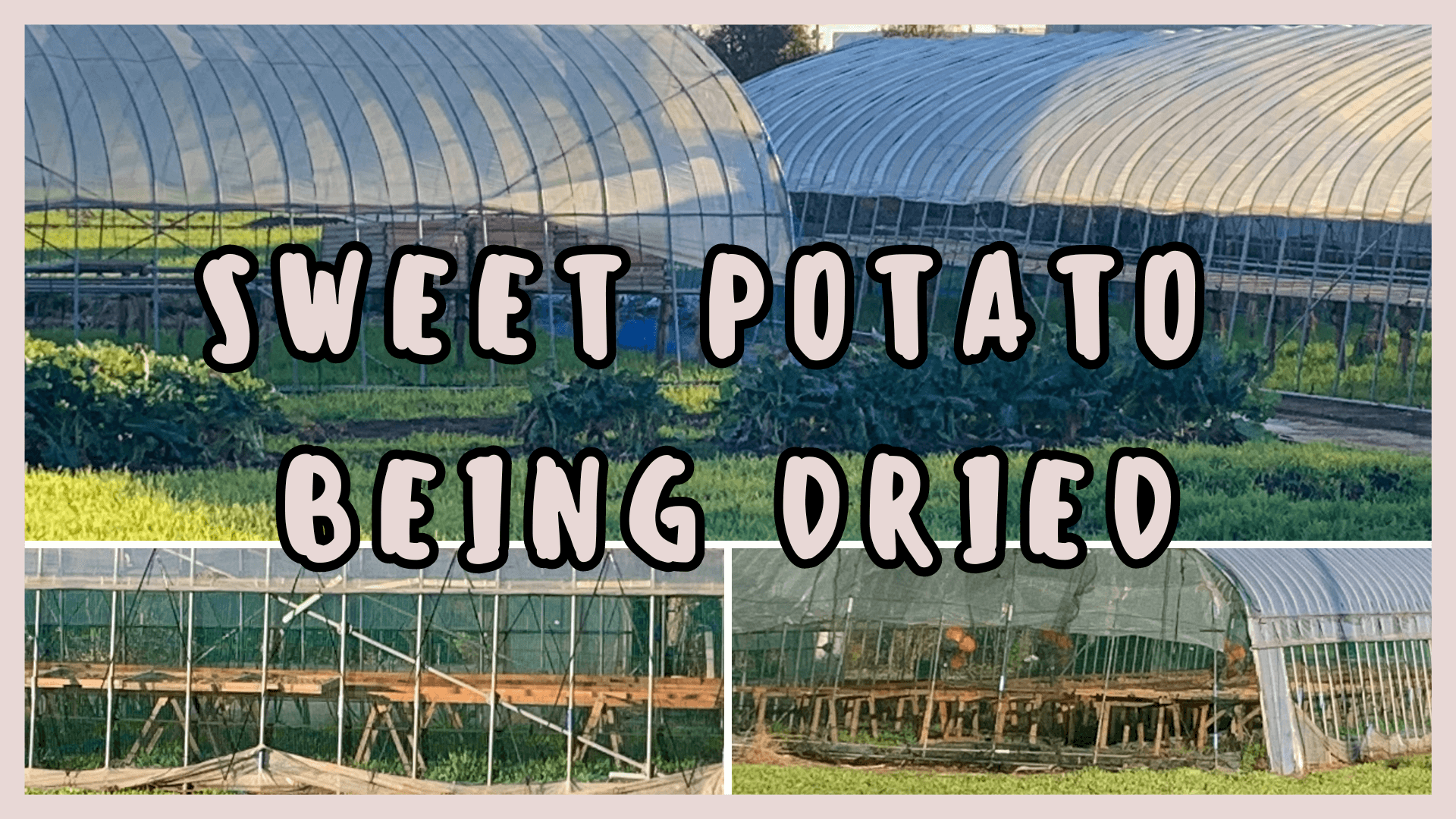
The picture above shows how sweet potato is dried to become "hoshi-imo."
Dried Sweet Potato & Black Bean Natto RecipeHere's a few recipe ideas combining two foods I love. Option #1: Eat them separately. Have a bite of black bean natto and then enjoy a bite of dried sweet potato.
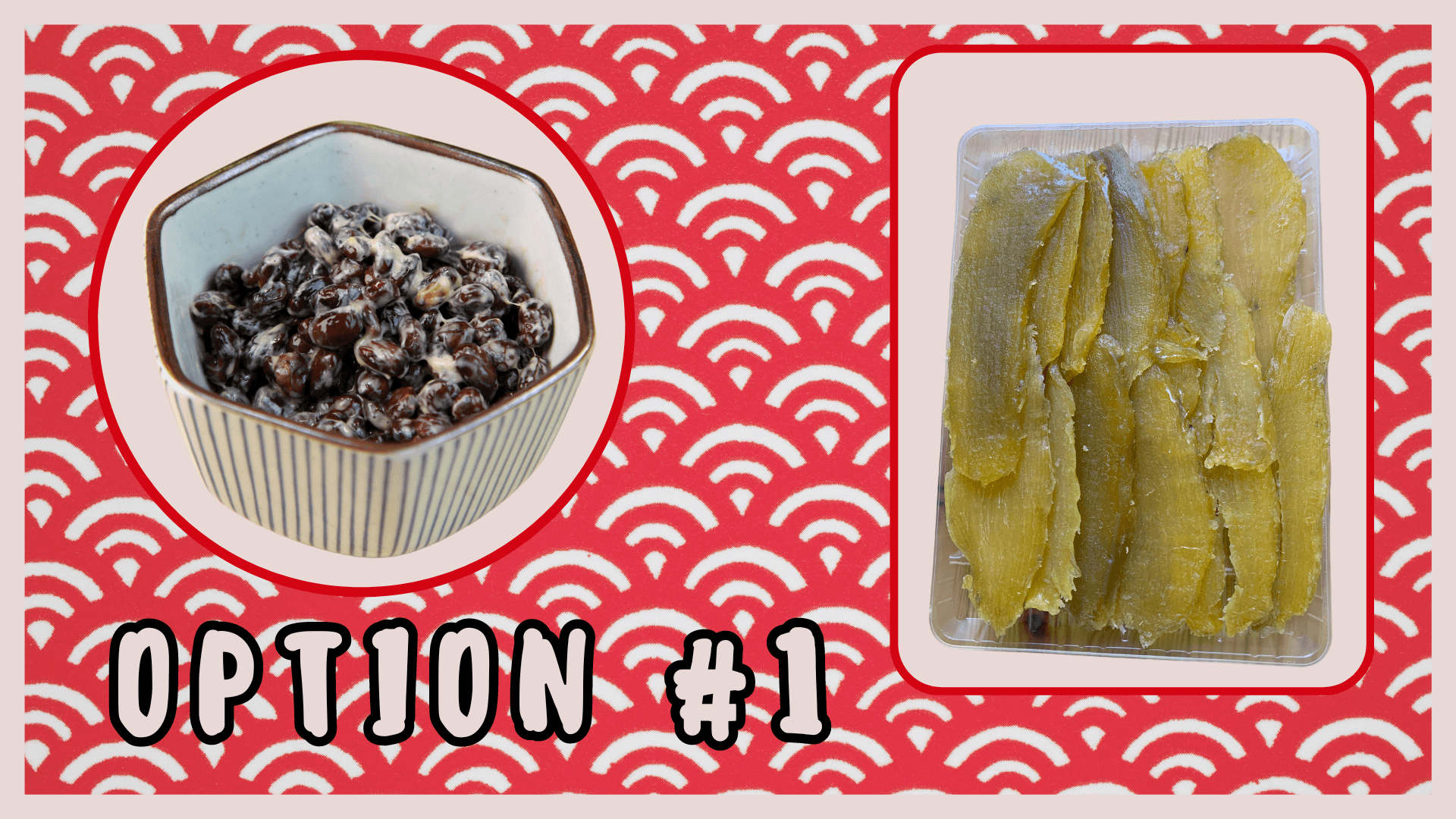
Option #2:
Cut your dried sweet potato into pieces and add them to your black bean natto.
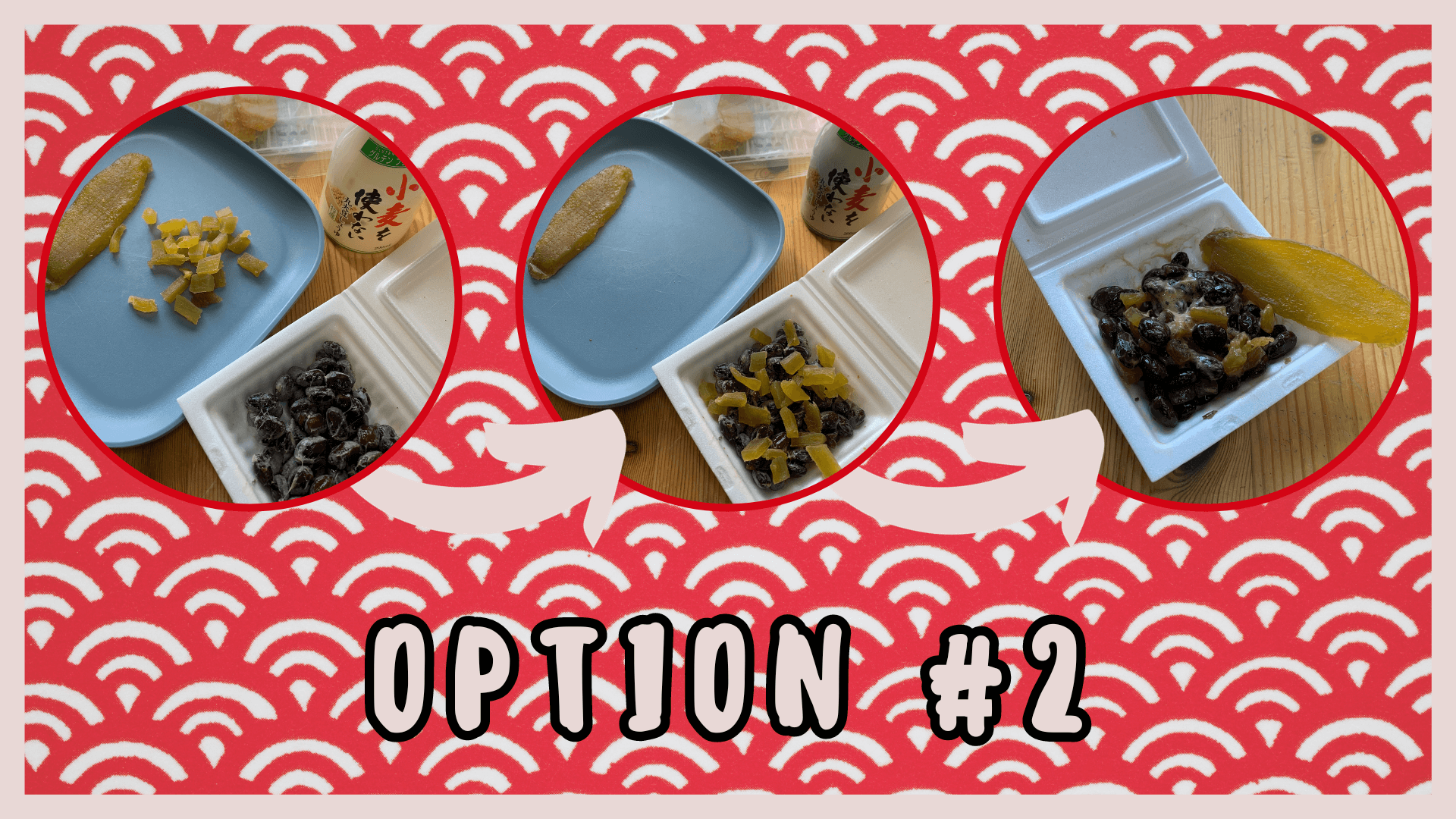
Option #3:
Toast some slices of dried sweet potato and then top the slices with black bean natto.
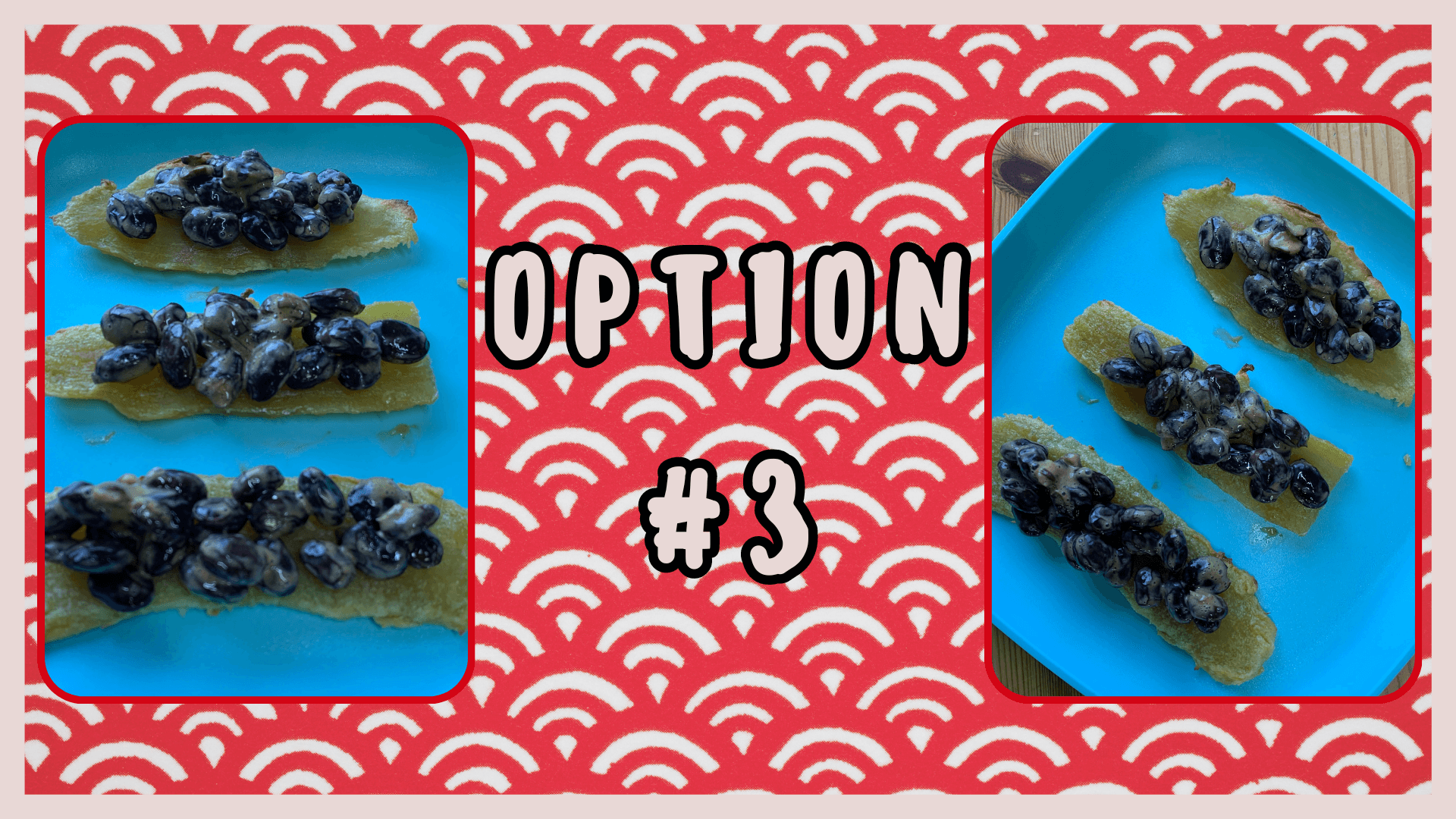
How To Make:1. Add a splash of shoyu to your natto 2. Mix your natto 20-30 times (*add any additional seasonings to your liking and mix) Option #1: Enjoy a bite of your black bean natto and then enjoy a bite of your dried sweet potato. Option #2: Cut your dried sweet potato into small pieces and add them to your black bean natto. Add a splash of shoyu and mix everything together and enjoy a bite. Option #3: Put some slices of dried sweet potato in your oven toaster for a 2-3 minutes. Mix your black bean natto with a splash of shoyu while your dried sweet potato is toasting. Put the toasted slices onto a plate and top each one with some natto. (*add any additional soy sauce or seasonings to your liking and mix together) My opinion: I've tried out all three options and I usually prefer to eat both foods together (option 2 or 3). I find that dried sweet potato and black bean natto mixed with shoyu has a subtle, sweet and savory flavor. There isn't a strong aftertaste or fermented smell leftover either. This pairing really leaves my palate wanting more.
Try out all three options to see which one suits your tastes best. Do either of the options suit your palate? What would you change to make either of them taste even better for you?
Simply Natto's Language CornerThis month's Japanese word is:
干し芋 (hoshi-imo) "hoe-she-ee-moe"
meaning: dried sweet potato
What to do Next?Comments? Ideas? Feedback? What did you think of the baked sweet potato and natto combination? Did the flavors suit your tastes? I'd love to hear from you. Just reply to this publication, or leave a comment on the videos, and tell me what you think! To all of my fellow "Natto Foodies," thank you for joining me on this natto-filled adventure, and I look forward to sharing and discussing more natto goodness with you in our next issue of Natto Talk.
Until next time!
Justin
|
| Back to Back Issues Page |
